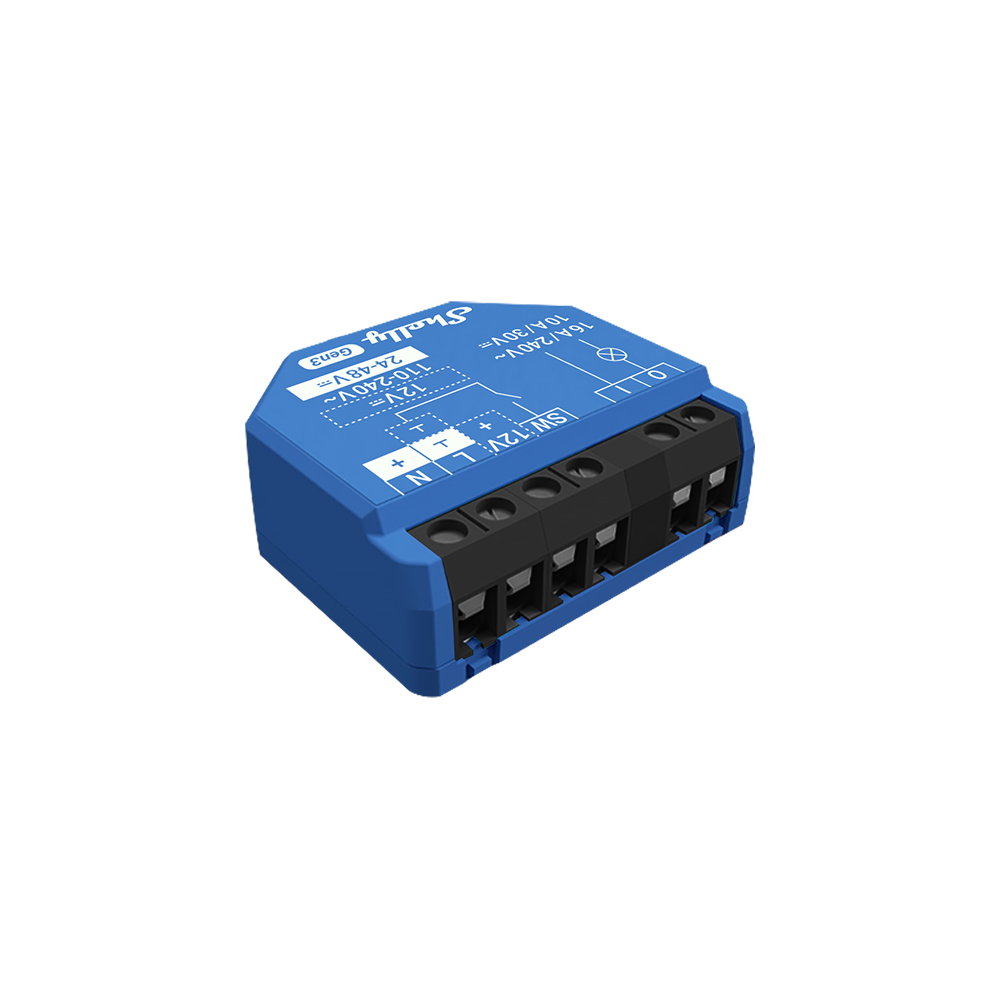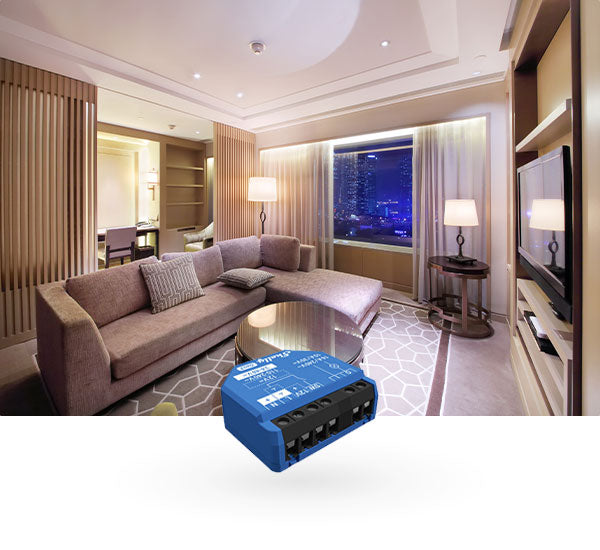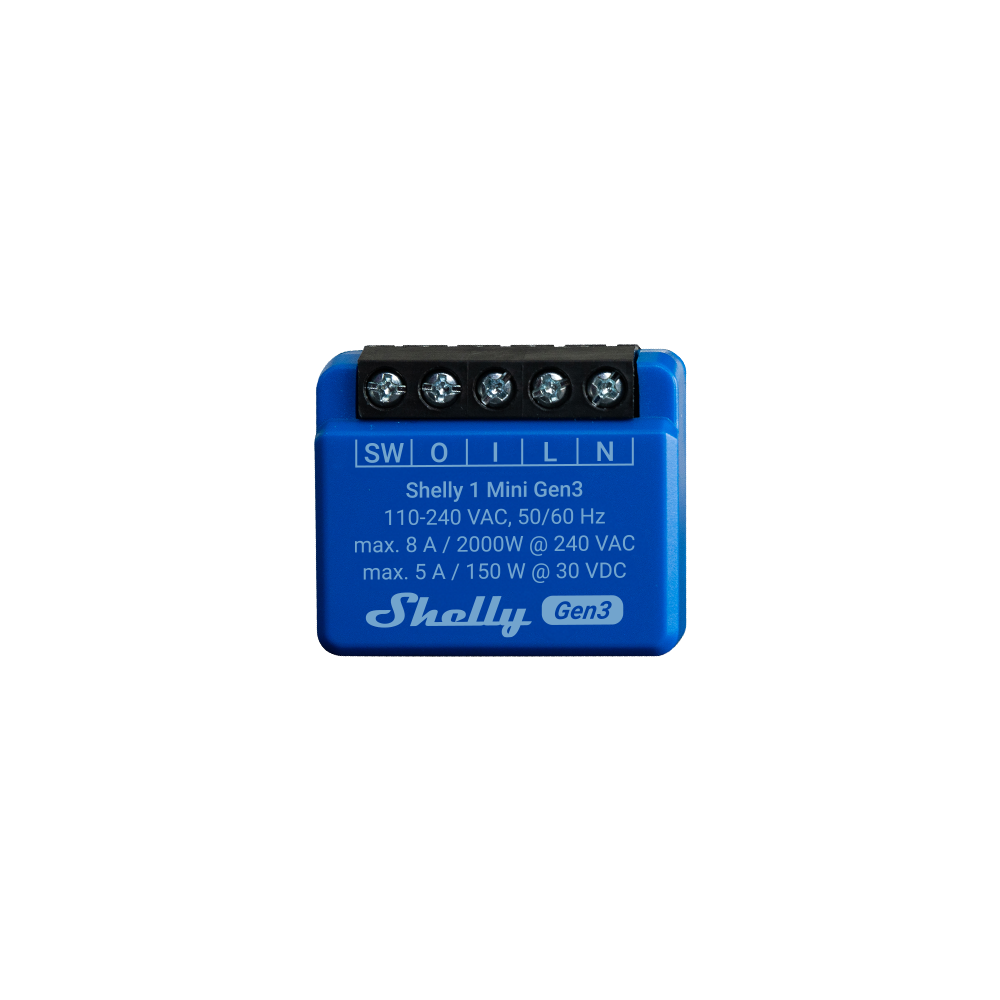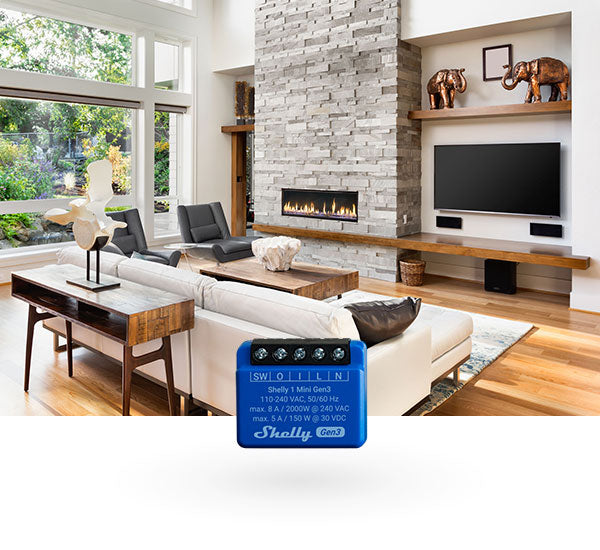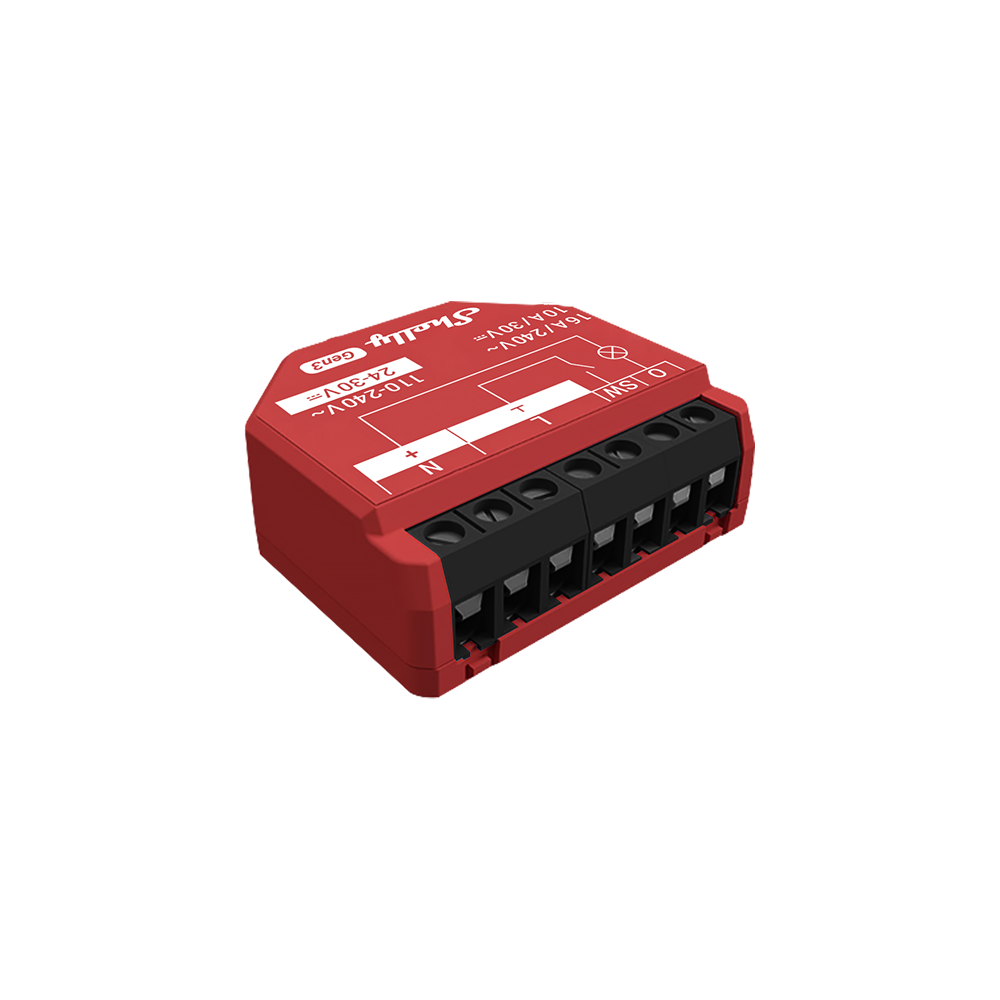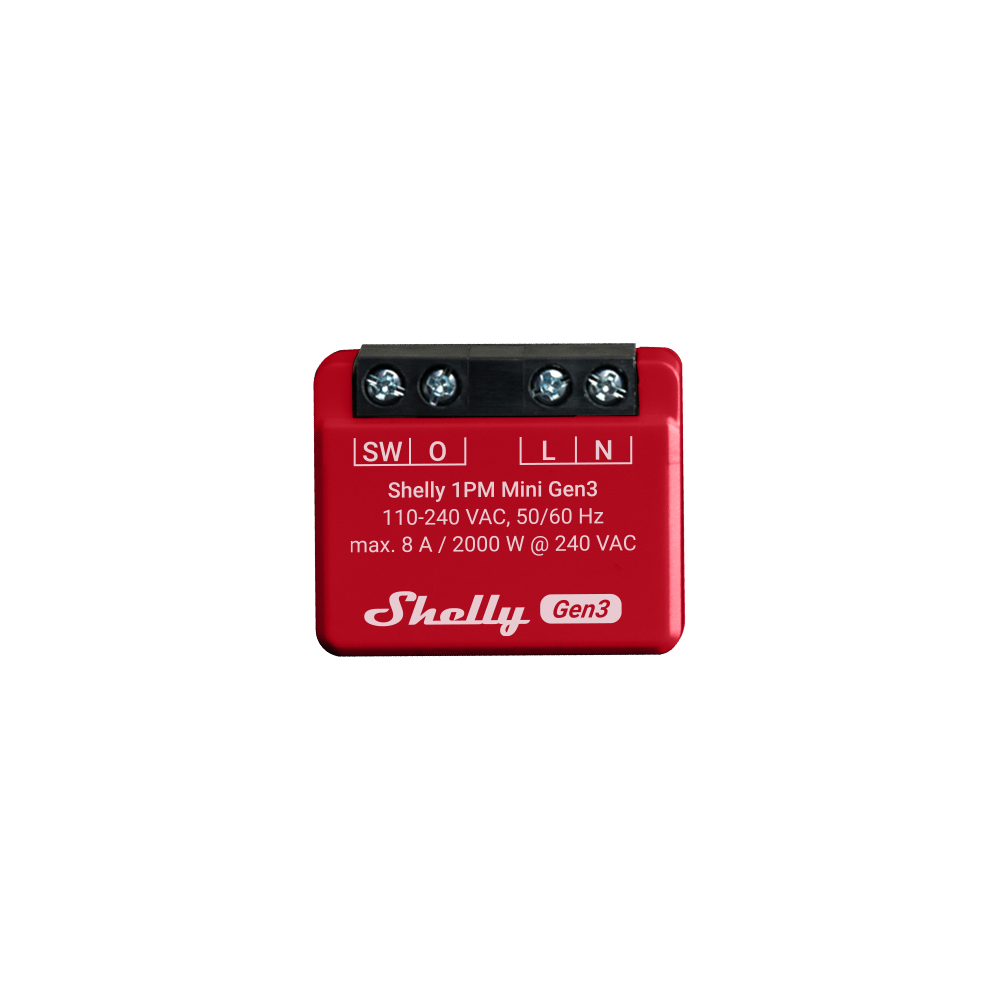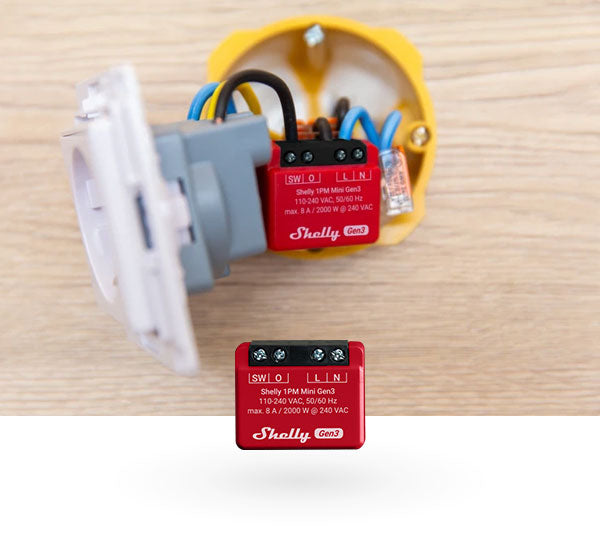To be used as a room temperature controller, the Shelly Wall Display requires three connections: L, the conductor that carries the current; N, the neutral conductor, and O, the switched wire to control the heating. The maximum switching load of the device is 5 amps, which is approx. 1,150 watts. It can therefore control both water-based underfloor heating systems with 230 volt actuators and electric heating systems. If you need more than 5 amps, you can combine an additional relay.
If it is not possible to replace the RTR in your underfloor heating system, you can also install another Shelly actuator behind the existing RTR as a switching module - for example the Shelly 1 Gen3, 1PM Gen3 or Pro 1 or 1PM. But more on this later.





